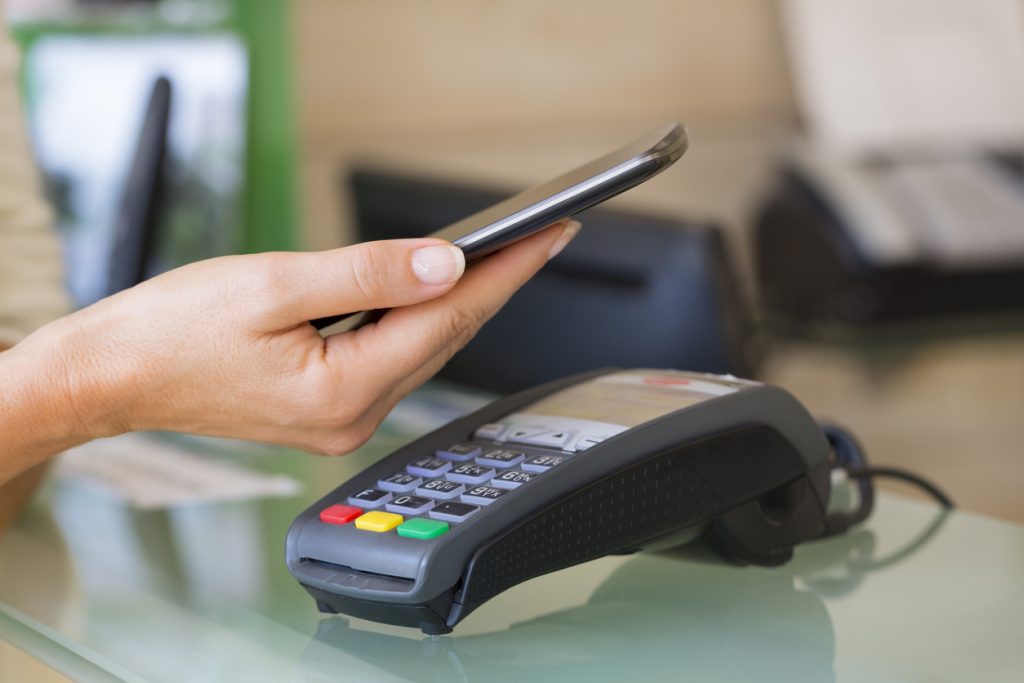It’s starting to happen. As coronavirus cases plateau or decline in many U.S. states, governors country-wide are implementing plans to slowly reopen the hurting economies while a concerned Dr. Fauci warns not to move too quickly. One thing there is more agreement on is that back to business doesn’t mean back to business as usual.
And that includes how you bank. Think about a trip to your local credit union or community bank: Touching the door handle to enter the building, waiting in line among strangers, exchanging your check or credit card with a teller whose hygiene you haven’t been able to track. Even if you haven’t set foot in a branch in years, the idea of dipping your ATM card into a terminal that may not have been sanitized since the morning is daunting. (How you pay for things going forward is also up for negotiation. The Financial Brand predicts a wholly contactless world when it comes to our money, noting that 38% of people now consider a contactless feature on their credit card a non-negotiable.)
Here’s a look at what you can expect from the new banking and payments landscape.
Virtual banking is coming faster than you thought. Fully digital banking — where you deposit your checks with a snap of the camera on your phone and transfer money between accounts on your app “has been heading [this way] for some time,” says Jordan van Rijn, Senior Economist at CUNA. That means you can expect more digital offerings from your credit union or bank to roll out quickly (if they haven’t already.) “Financial institutions will need to continue adapting their business model to address this new normal,” says Samantha Paxson, Chief Experience Officer at CO-OP Financial Services. “We are all staying home and needing to be physically distanced – this means that remote and digital accessibility is here to stay.”
For now, (many) branches won’t go anywhere. We can expect many branches to close, predicts van Rijn, but the move to wholly virtual banking is not one we’re going to see for at least a decade. That’s because many people still depend on them. Those who rely wholly on cashed checks need a teller to complete that transaction, he notes. Plus, from a credit union perspective, fewer in person branches typically translates to fewer approved loans. “[When banks] get to know [their customers], observe their business, and see them over time, they can see a more holistic view, not just a person’s credit score, to see if they’re a good borrower,” he adds.
But they’ll be different. If you’ve been going to the bank during the pandemic, you’ve likely interacted with them differently. That will continue as well, says Paxson. “Drive-thru services, appointment-only meetings, physical distancing, enable that in-person interaction but with the distance and health and safety in mind.”
Here comes contactless. “Pre-COVID, more and more businesses were already becoming cashless. But now customers are demanding it to protect themselves in a point-of-sale (POS) environment,” Paxson explains. You can expect to see more retailers — and card issuers — adding it (as well as the ability to flash an app to pay) to their suite of payment options.


